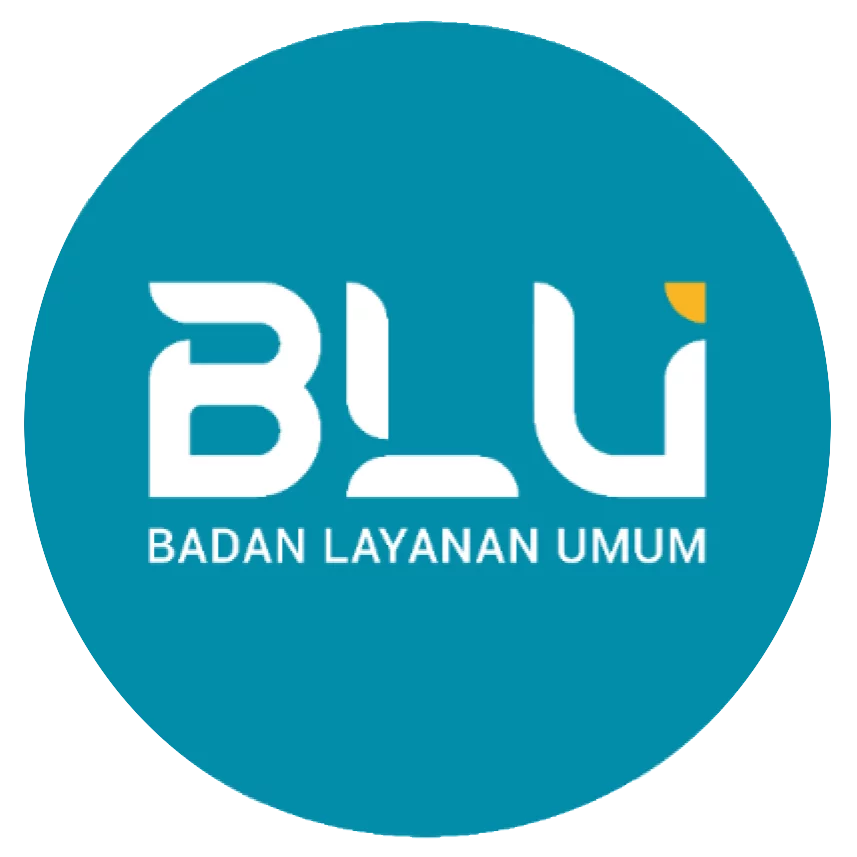Record Detail
Advanced Search
Text
GPMVs in variable physiological conditions: could they be used for therapy delivery?
Background: Cell based carriers are increasingly recognized as a good system for cargo delivery to cells. One of the reasons is their biocompatibility and low toxicity compared to artificial systems. Giant plasma membrane vesicles (GPMV) derive from the cell plasma membrane. Thus they offer the closest approximation to it, which makes them good candidates for potential drug delivery systems. To evaluate the applicability of GPMVs as carriers, we analyzed their basic biophysical properties to test their robustness in the face of changeable physiological conditions, as well as their ability to translocate across the membrane into cells.
Results: GPMVs formed from human umbilical vein endothelial cells (HUVEC) sustain a drastic osmotic challenge (50–500 mOsmoL/kg) unlike giant unilamelar vesicles (GUVs). In hyper-osmotic solutions the average volume decreases and membrane invaginations form, while in the hypo-osmolar buffer the volume of GPMVs increases and these changes were not reversible. The membranes of flaccid GPMVs started to wrinkle unevenly giving rise to buds after exposure to lipopolysaccharide (LPS). The shape changes in GUVs are reversible in contrast to GPMVs after LPS removal. GPMVs exposed to fluorescent LPS exhibited a signal that remained visible in some GPMVs even after LPS removal, which was never the case with GUVs. Calcein penetrated both into GUVs and GPMVs, however after the removal from the bulk solution some of the GPMVs still exhibited very bright signal, while in GUVs only a weak fluorescent signal was detected. We could also see that practically all GPMVs incorporated dextran initially, but after the dextran solution was changed with the initial non-fluorescent solution it remained only in 20% of them. The majority of HUVEC cells displayed a fluorescent signal after the incubation with GPMVs that contained fluorescently labeled dextran.
Conclusion: Our findings indicate that GPMVs behave quite differently from artificially made giant phospholipid vesicles and the changes induced by the different treatments we subjected them to are not reversible. We also demonstrate that different substances can be both loaded into them and delivered into cells, so GPMVs may be of potential use as cargo/therapy delivery systems.
File Attachment
Availability
| EB00000003117K | Available |
Detail Information
| Series Title |
-
|
|---|---|
| Call Number |
-
|
| Publisher | : ., |
| Collation |
-
|
| Language | |
| ISBN/ISSN |
-
|
| Classification |
NONE
|
| Content Type |
E-Jurnal
|
| Media Type |
-
|
|---|---|
| Carrier Type |
-
|
| Edition |
-
|
| Subject(s) | |
| Specific Detail Info |
-
|
| Statement of Responsibility |
Spela Zemlji Jokhadar 1
|
Other version/related
No other version available
OPAC
RECORD DETAIL
Back To Previous
Hari Pustakawan: Pustakawan Lebih Dari Sekedar Menjaga Buku
Masyarakat seringkali beranggapan bahwa Pustakawan hanya bertugas menata dan menajga buku, ataupun sekedar melayani pemustaka yang melakukan peminjaman buku, padahal peran pustakawan terus mengalami perluasan seiring dengan perkembangan jaman. Masifnya teknologi informasi menuntut Pustakawan untuk ...
Layanan Baru UPA Perpustakaan UNEJ: Open Class Literacy
Dalam rangka mewujudkan fungsi edukasi perpustakaan, UPA Prpustakaan Universitas Jember menyediakan layanan kelas literasi bagi civitas akademika Universitas Jember yang memebutuhkan pelatihan terkait cara akses e-Resources yang dimiliki oleh Perpustakaan. Civitas akademika dapat melakukaan ...
MANUAL BOOK SISTER FOR STUDENT LIBRARY
Panduan Sister For Student Aplikasi berbasis android yang dibuat oleh TIM UPA Teknologi Informasi Universitas Jember yang terintegrasi di SFS (Sister For Student), untuk memudahkan pemustaka atau pengguna dalam pencarian koleksi di katalog UPA Perpustakaan dan juga menu lainnya seperti Book...










